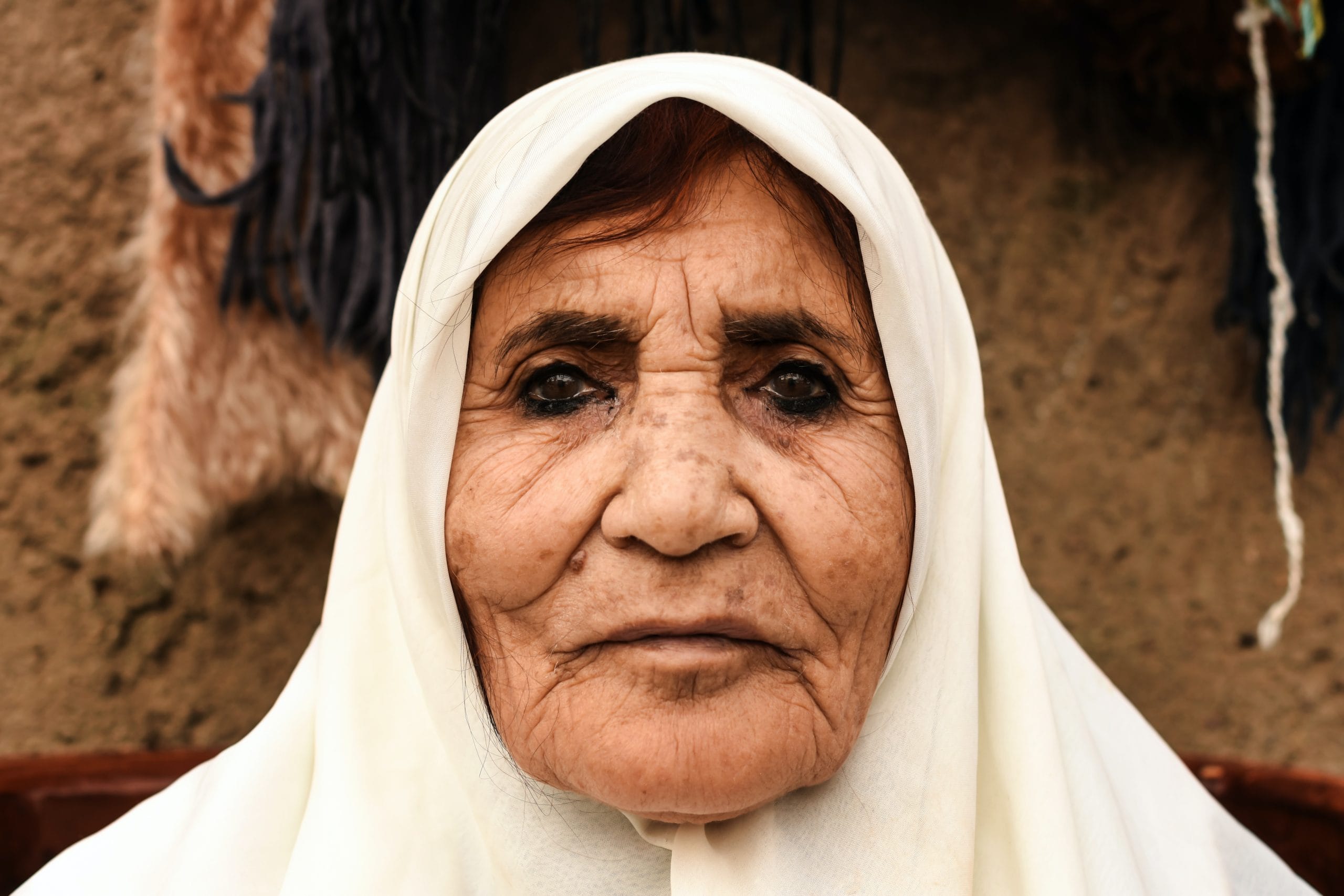
The fellowship of the living
As humanists, we should completely reject age as an artificial segregation of humanity. A deep future view can help.
Discrimination directed at age, what we called ageism, goes every which way, whether toward the young or the old. Even people a year or two apart can be ageist. An eight-year-old can disdain a six-year-old, and a 14-year-old will certainly look with scorn on a 12-year-old. A 75-year-old can think a 95-year-old is a lumbering fool.
We’re trained this way from our earliest years. Each grade in school is separated from the one before and after by a solitary year of our life. And it’s a big deal to be year apart in school days. When we’re eight-year-old second graders, we fear and revere nine-year-old third graders, not to mention everyone above them. Finally, ‘our people’ are those we graduate with, our fellow 18-year-olds.
As humanists, we should completely reject age as an artificial segregation of humanity.
The likelihood of the simultaneity of existence in a 13 billion-year-old universe, and the likelihood of the simultaneity of existence on a multi-billion-year-old planet, is odds beyond arithmetic.
The sheer improbability of X living-thing existing at the same time as Y and Z living-things makes everything that’s alive of a piece. “Your class” is anyone who is alive when you are alive, from the age of one minute to 115 years.
If there were a reunion of all humans at the end of time, where all humans who have ever existed were to meet, and all humans wore tags displaying the era they had lived, we’d greet each other thus: “You lived in the 21st century? I lived in the 21st century too! Imagine that! How rare!” (We’d likely marvel that we shared the first 10,000 years of history together: “You lived between the ice ages? I lived between the ice ages too!“)
This sensibility of the sharing of life is a solution to ageism in all directions—toward the young and toward the old. And it’s the impetus for cultivating real fellow-feeling. Who are my people? Everyone who is alive right now.
So, can we agree to stop using the artificiality of age as a distinction between us?
Now let’s go a step further. This sensibility of the sharing of life is not only a solution to ageism. It’s a solution to speciesism too.
We’re back to the unlikelihood of the simultaneity of existence. Anything that’s alive when you are alive is in “your class” (to continue the school metaphor).
Insects, plants, animals.
That orb spider in your garden is at the furthest edge of evolution’s march, just like you. Same for the sharded beetle and the gnat. The same goes for the ivy on the garden wall, and the nearby tulip and lily. You are alive when the oyster is alive, and the gazelle, and the babirusa, and the barrel-eye fish, and the fox, the ox, giraffe, shrew, echidna, caribou. These are all in your “graduating class.”
Again, imagine a reunion of earthly creatures at the end of time. At such a gathering, phantasmagoric beasts of all stripes would greet each other with recognition because they shared several decades of oxygenated existence—hundreds of millions of years prior, or a billion years prior.
What shall we call this sensibility, this awareness of the companionship of all living things? I’d suggest we find a term in an African language as a nod to our species coming from that continent. How about abazina, meaning “the living” in the Kinyarwanda language of central Africa.
Who are your people, your group, your gang, your ensemble, your outfit, your collective, your cohort, your class, your cluster, your clutch? Answer: Abazina, the living.
